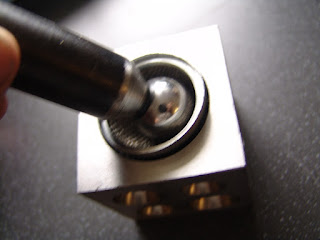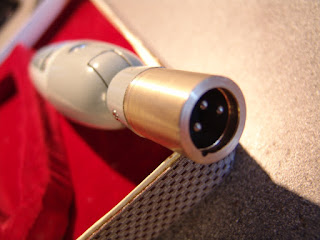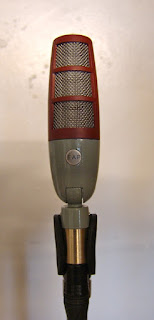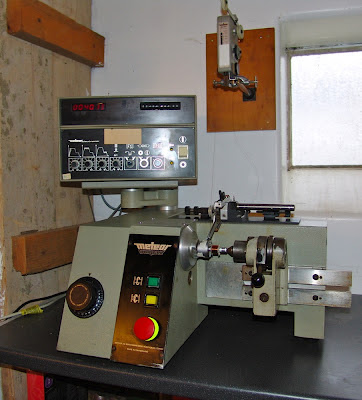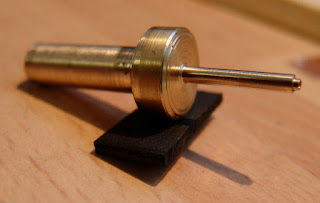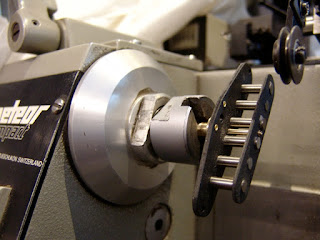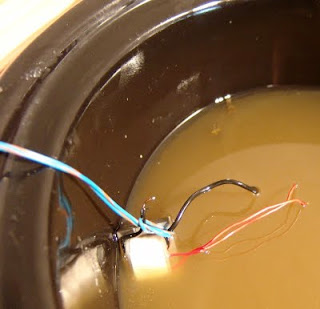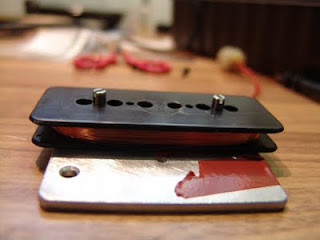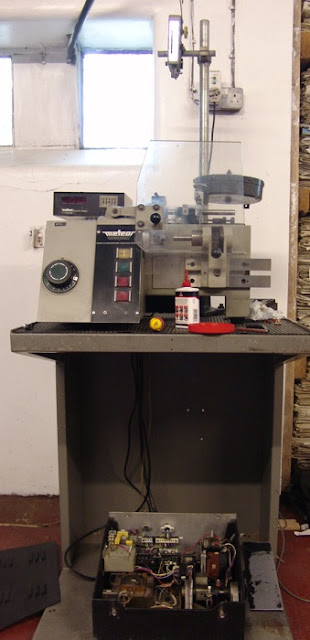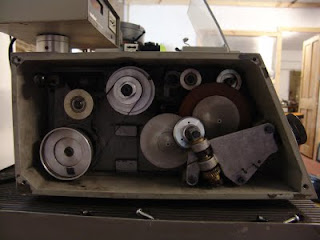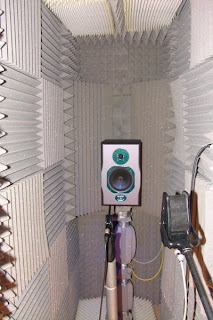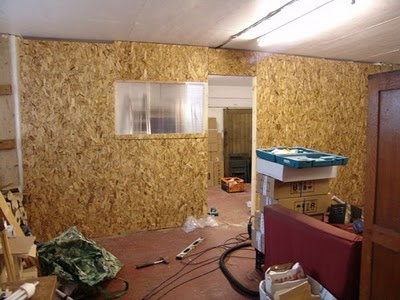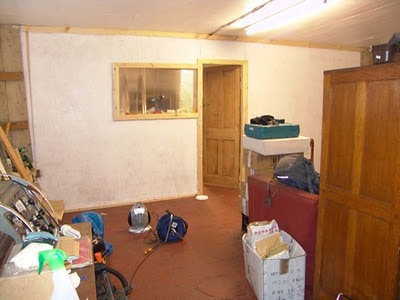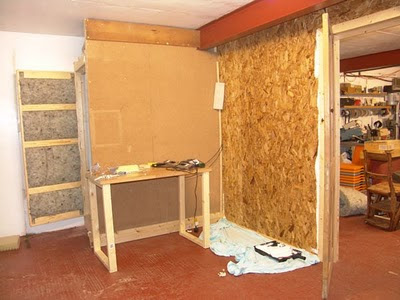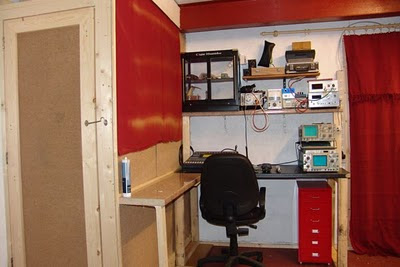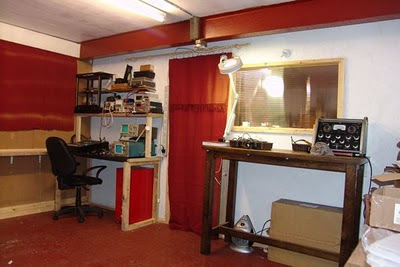Thanks to all of our friends, customers and suppliers who helped to make 2012 another exciting and successful year for Xaudia.
 |
| Hot-rodded Reslo RB microphones |
In 2012 we repaired 203 microphones for customers, an increase over 2011, and Reslo microphones were again very popular – we serviced 47 of them this year. Once again RCA mics came in second place (23), with AKG and Beyerdynamic in third and fourth.
 |
| Xaudia – microphones serviced in 2012 |
We sold a further 50 or so refurbished vintage ribbon microphones through our website, including about 25 ‘Beeb’ modifed Reslos. And we also introduced our own low noise ribbon microphone transformers for repairs and upgrades.
2013 looks to be just as exciting – we will be launching a range of guitar pickups, making a few more transformers, and also there will be some tube mic power supplies. And of course we will be here to repair your microphones.
Happy New Year!
Stewart & Jane
Xaudia.com






